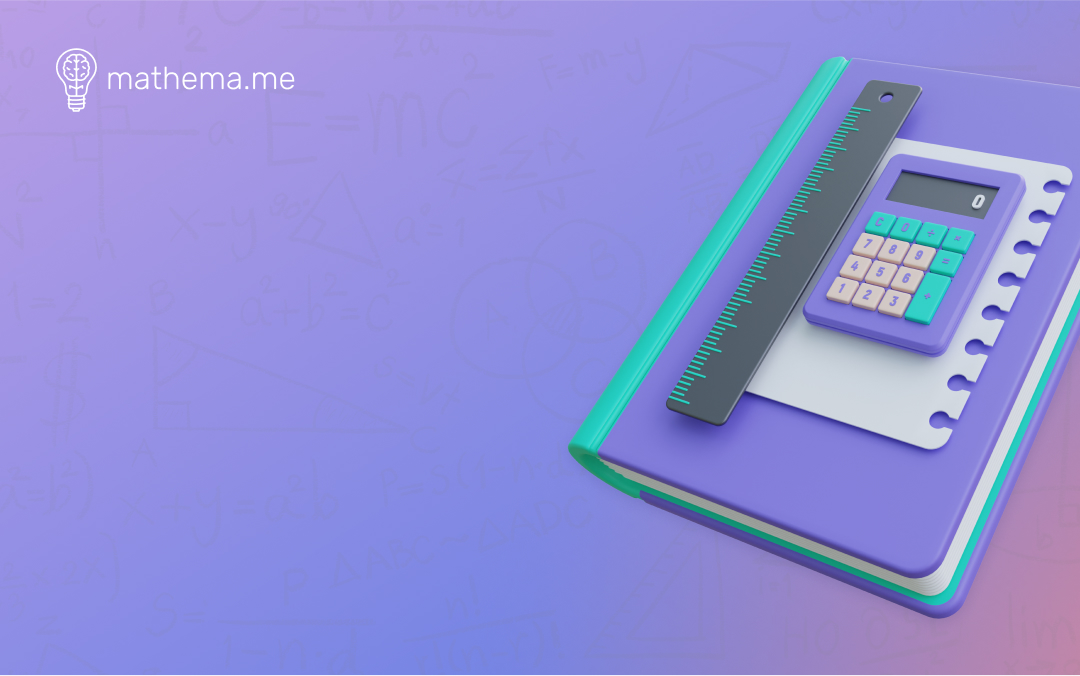As parents, we understand the importance of providing our children with the tools they need to excel in their education. Math, in particular, can be a challenging subject for many students, especially when it comes to concepts like calculating remainders. Here is a formula to calculate the remainder:
Remainder = Dividend – (Divisor × Quotient)
In this guide, we’ll show how to calculate remainders in a simple and easy-to-understand way using the above formula, so you can support your child’s learning journey with confidence.
Important Terms to Know for Division
Before we dive into the world of remainders, let’s brush up on some key terms related to division. Understanding these terms will make it easier to grasp the concept of remainders:
- Dividend: The number that is being divided.
- Divisor: The number by which the dividend is divided.
- Quotient: The result of dividing one number by another.
- Remainder: The amount left over after dividing one number by another.
What is the Remainder in Math?
In simple terms, the remainder is what’s left over when one number cannot be divided evenly by another. For example, if we divide 10 by 3, the quotient is 3 with a remainder of 1. This means that 3 can go into 10 three times, with 1 left over.
Remainder Formula
To find the remainder when dividing one number by another, you can use the following formula:
Remainder = Dividend – (Divisor × Quotient)
This formula helps us calculate the amount left over after dividing the dividend by the divisor.
How to Calculator Remainder
Let’s break down each step of the process for finding the remainder in a division problem:
Step 1: Divide the dividend by the divisor.
The dividend is the number that is being divided, and the divisor is the number by which it is being divided. For example, if we have the division problem 25 ÷ 7, 25 is the dividend, and 7 is the divisor. Perform the division operation to find the quotient (the whole number result of the division) and any remainder.
Step 2: Write down the quotient.
The quotient is the entire number result of the division. In our example, when we divide 25 by 7, the quotient is 3 (since 7 can go into 25 three times without exceeding it).
Step 3: Multiply the divisor by the quotient.
Take the quotient obtained in step 2 and multiply it by the divisor. In our example, the quotient is 3, and the divisor is 7, so 3 × 7 = 21.
Step 4: Subtract the product from the dividend to find the remainder.
Subtract the product obtained in step 3 from the original dividend. In our example, the dividend is 25, and the product of the quotient and divisor (21) is subtracted from it: 25 – 21 = 4. The result, 4, is the remainder. So, in the division problem 25 ÷ 7:
- Quotient = 3
- Product of quotient and divisor = 21
- Remainder = 4
Therefore, when dividing 25 by 7, the quotient is 3 with a remainder of 4.
Let’s practice together!
Now that we’ve understood how to find remainder, let’s put our knowledge to the test with some practice problems. Follow along and try these problems with your child to reinforce their understanding of remainders:
Example 1:
Calculate the remainder when dividing 25 by 7.
- Step 1: Divide the dividend by the divisor. 25÷7=3 with a remainder of 4
- Step 2: Write down the quotient. The quotient is 3
- Step 3: Multiply the divisor by the quotient. 7×3=21
- Step 4: Subtract the product from the dividend to find the remainder. 25−21=4
Therefore, when dividing 25 by 7, the quotient is 3 with a remainder of 4.
Example 2:
Find the remainder when dividing 48 by 5.
- Step 1: Divide the dividend by the divisor. 48÷5=9 with a remainder of 3
- Step 2: Write down the quotient. The quotient is 9.
- Step 3: Multiply the divisor by the quotient. 5×9=45
- Step 4: Subtract the product from the dividend to find the remainder. 48−45=3
Therefore, when dividing 48 by 5, the quotient is 9 with a remainder of 3.
Example 3:
Determine the remainder when dividing 100 by 6.
- Step 1: Divide the dividend by the divisor. 100÷6=16 with a remainder of 4
- Step 2: Write down the quotient. The quotient is 16.
- Step 3: Multiply the divisor by the quotient. 6×16=96
- Step 4: Subtract the product from the dividend to find the remainder. 100−96=4
Therefore, when dividing 100 by 6, the quotient is 16 with a remainder of 4.
Practice Problems
- Remainder of 25 ÷ 7 = ?
- Remainder of 48 ÷ 5 = ?
- Remainder of 100 ÷ 6 = ?
- Calculate the remainder when dividing 25 by 7.
- Find the remainder of 48 divided by 5.
- Determine the remainder when dividing 100 by 6.
Conclusion
By mastering how to calculate remainders, your child will develop a stronger foundation in maths and improve their problem-solving skills. Remember to provide plenty of encouragement and support as they tackle new concepts and practice problems.
If your child needs extra help or resources, consider exploring online learning platforms like Mathema, where they can access interactive lessons and tailored support to enhance their mathematical abilities.
FAQs
1. What if my child finds remainders difficult to understand?
Encourage your child to practice with hands-on activities and real-life examples to reinforce their understanding of remainders.
2. Are there any other methods for finding remainders?
Yes, there are various strategies for finding remainders, including using multiplication tables and visual aids like number lines.
3. How can I track my child’s progress in maths?
Keep track of your child’s progress by reviewing their homework assignments, quizzes, and test scores regularly. Additionally, consider scheduling regular check-ins with their maths teacher or tutor for feedback and support.



